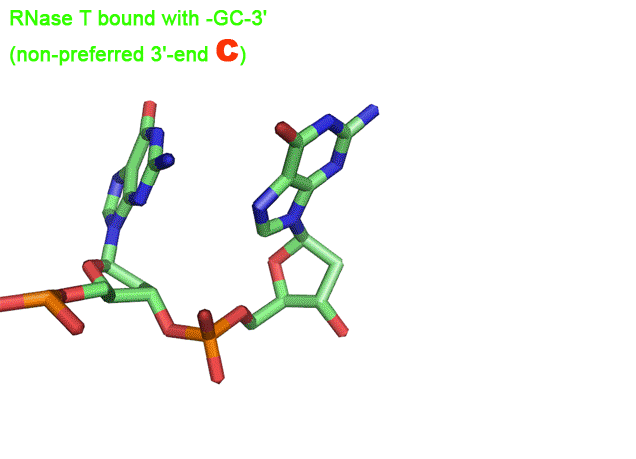Research Interest
Structural and Functional Studies of RNA Metabolism

(1) microRNA degradation and mRNA translation regulation by Tudor-SN;
(2) mRNA degradation by PNPase and the interacting helicase;
(3) Cooperative chromosomal DNA degradation by apoptotic nucleases;
(4) mRNA translation regulation by TDP-43, and TDP-43 abnormal aggregation;
(5) RNA processing and maturation by DEDD family nucleases.
We aim to determine the crystal structures of these proteins with and without the presence of their DNA or RNA substrates. In combination with in vitro and in vivo data, we provide molecular basis for the regulation, substrate recognition and catalytic strategies of these proteins to address their roles in RNA metabolism. We have determined the crystal structures and studied the function of human Tudor-SN targeting miRNA, E. coli and human PNPase targeting mRNA, C. elegans CRN-4, CRN-5 and CPS-6 targeting chromosomal DNA, and E. coli RNase T targeting rRNA and tRNA precursors. Together with biochemical, mutational and cellular studies, we have shown how these nucleases function in RNA and DNA cleavage and trimming in diverse ways.
Over expression, mutations and misfolding of most of the proteins we study are linked to human diseases, ranging from neurodegenerative disorders, autoimmune diseases to cancer. Therefore, understanding how these proteins recognize RNA and participate in RNA metabolism and how they lose their functions may not only advance our knowledge in RNA metabolism but also pave the way for the future development of strategies for disease treatments, such as suggesting target interface for disrupting protein-RNA or protein-protein interactions.
Data collection at NSRRC (National Synchrotron Radiation Research Center), Hsin-Chu, Taiwan.


2008 IUCr Congress (Osaka, Japan)
